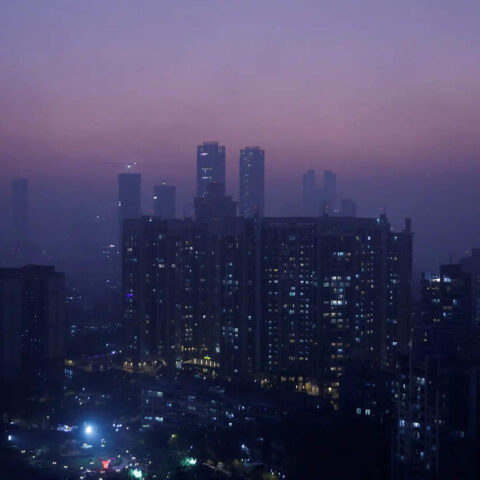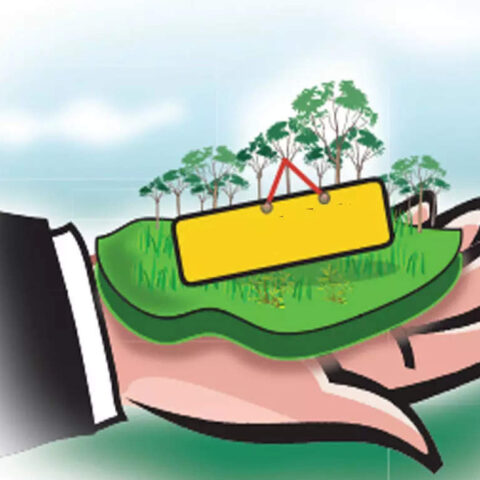It’s one thing to defy gravity. It’s quite another to defy expectations. Such was the challenge for director Jon M. Chu when adapting the hit musical Wicked into a live-action movie, arriving in theaters on November 22. “My goal was to go beyond the matte paintings, beyond a digital world, and really let the audience step into Oz,” he notes. “The emotions in Wicked are so deep and true. I didn’t just want a fantasy world beyond our reach. I wanted an immersive space where our characters could come to life.” Conceived by production designer Nathan Crowley, the sets nimbly subvert the familiar with the fantastical—layering architectural homages, narrative touchstones, and cinematic razzle-dazzle into an expansive magical realm. “The pitfalls of the history of Oz are immense,” Crowley reflects, referring to past representations of the fictional land onstage, in film, and in literature. On one hand, he notes, “we had to nod our caps to the source material.” On the other, “we needed new excitement, color, whimsy.”
The Wicked set design at a glance
At Sky Studios Elstree, on the outskirts of London, the team mapped out the film scene-by-scene, using models, illustrations, and visual references to crystallize each environment. “You have to dive in and start somewhere,” Crowley explains of the concept-driven approach. Take Munchkinland: Seizing upon local industry (farming, in this case) as a jumping-off point, they imagined vast fields of tulips, planting some nine million actual bulbs in the British countryside to yield an establishing backdrop of rainbow stripes. The heads of the flowers were later harvested and adapted as living roofs for the Munchkins’ homes, the rustic vernacular of which scrambles any obvious precedents. “We borrowed from many languages,” says Crowley, noting that without doing so “you could easily end up in Middle Earth or Switzerland.”







